- Macro Strategist
Skip to main content
- Funds
- Insights
- Capabilities
- About Us
- My Account
United States, Institutional
Changechevron_rightThank you for your registration
You will shortly receive an email with your unique link to our preference center.
The views expressed are those of the author at the time of writing. Other teams may hold different views and make different investment decisions. The value of your investment may become worth more or less than at the time of original investment. While any third-party data used is considered reliable, its accuracy is not guaranteed. For professional, institutional, or accredited investors only.
The aftermath of historic fiscal stimulus following the COVID-19 pandemic, elevated global inflation, and the most recent US election during which President Trump campaigned on further fiscal easing have put elevated US government debt levels increasingly in focus. Since President Trump's election victory odds troughed in early September last year, term premia in the US have risen by roughly 65 basis points (bps).1 While this increase has been partly driven by more accommodative monetary policy, it also reflects the bond market's assessment of the future fiscal trajectory post-election.
The bipartisan Congressional Budget Office currently projects US federal budget deficits will reach 6.1% of GDP by 2035, and US debt held by the public will rise to 118.5% of GDP, representing the second-highest debt burden since 1790. On the expenditure side, the main culprit behind higher outlays is mandatory spending, including programs such as Social Security, Medicare, and Medicaid, which will further increase given demographic shifts in the US over the coming decade. Discretionary spending, both defense and non-defense, stands at the second-lowest share of the economy going back to World War II and is projected to decline over the coming decade. Interest costs are now an increasingly important share of total spending, accounting for 3.1% of GDP — the highest percentage going back to at least 1965. At the same time, total revenues are projected to be roughly stable over the coming decade — even allowing for the potential revenue raised by increasing trade tariffs — and in line with average revenues going back to the early 1960s.
Importantly, these projections do not account for a possible recession over the next decade — which would cause debt dynamics to deteriorate further — and assume all current policies will expire on schedule, including the Tax Cuts and Jobs Act (TCJA) of 2017. Given full Republican control across the presidency, Senate, and House, the TCJA will likely be extended, with a projected cost of US$5.3 trillion over the next decade.
On the positive side, persistent government deficits following the global financial crisis and COVID-19 allowed the private sector to repair their balance sheets, and household debt as a share of GDP has declined to the lowest level since 2000. Non-financial corporates are also in better health, with debt levels at the lowest in a decade. In aggregate, higher public sector debt has helped to ease the debt burden of the private sector, making the aggregate economy more robust and less sensitive to sharp rises in interest rates, as demonstrated in 2022.
On the negative side, there is already evidence that increased spending on entitlements and interest costs is crowding out other forms of federal government investment that historically have served as a tailwind for economy-wide productivity gains. The US has a long history of implicit and explicit public/private partnerships that occur when government investment increases, including in wind power, supercomputing, and the internet. With accelerating capital expenditures devoted to generative AI, in addition to the elevated level of private sector intellectual property and R&D spending, there are clearly positive signs for sustained productivity growth in the US. However, like many new and potentially transformative technologies, widespread adoption often requires increased government investment around issues like skills retraining before economy-wide adoption. A rising government debt burden risks crowding out government investment at a time when it’s most necessary.
That said, the US still has important advantages over other countries with similar debt profiles:
The cost of not tackling ballooning budget deficits that are typically associated with wars and recessions is steadily increasing, with inflation still well above the Fed’s 2% target and term premia in the bond market starting to rise again. The bond market will be acutely attentive to fiscal developments, and should medium-term reforms not get implemented over the next 12 – 24 months, then it will likely flex its muscles and potentially force painful action.
1Based on the Adrian, Crump & Moench 10-year US Treasury Term Premium model from the Federal Reserve Bank of New York
Expert

FOMC: Easing into uncertainty
Continue readingChart in Focus: Three reasons to keep the faith in US credit quality
Continue readingWhat’s the Fed got to do with it? The impact of rate cuts on CLO equity
Continue readingThe Fed architecture under scrutiny: What are the investment implications?
Continue readingTwilight zone: how to interpret today’s uncertain macro picture
Continue readingRethinking the Fed’s dual mandate
Continue readingBy
Weighing the economic winners and losers of the One Big Beautiful Bill Act
Continue readingURL References
Related Insights
Stay up to date with the latest market insights and our point of view.
Thank you for your registration
You will shortly receive an email with your unique link to our preference center
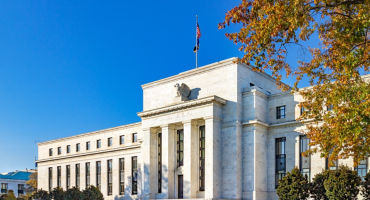
FOMC: Easing into uncertainty
Fixed Income Portfolio Manager Jeremy Forster profiles the Fed's December rate cut, labor market trends, inflation pressures, and the role of anticipated changes to FOMC leaders in 2026.

Chart in Focus: Three reasons to keep the faith in US credit quality
Our fixed income experts highlight the resilience of US institutional credibility.

What’s the Fed got to do with it? The impact of rate cuts on CLO equity
Our CLO experts discuss the implications of Fed rate cuts on CLO equity, emphasizing its potential to maintain income amidst rate sensitivity challenges in other credit assets.
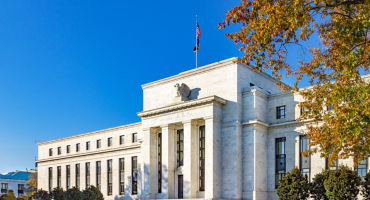
The Fed architecture under scrutiny: What are the investment implications?
Macro Strategist Juhi Dhawan looks at how changes in the Federal Reserve's personnel and decision making could impact policy, the US dollar, and financial markets.

Twilight zone: how to interpret today’s uncertain macro picture
Macro Strategist John Butler and Investment Director Marco Giordano explore how to interpret today’s uncertain macroeconomic picture and its key implications.
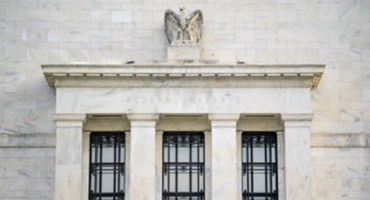
Rethinking the Fed’s dual mandate
Is it time for a fresh perspective on the dual mandate? Fixed Income Portfolio Manager Brij Khurana explores the potential benefits of reorienting monetary policy toward maximizing productivity.
By
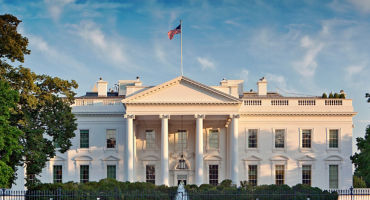
Weighing the economic winners and losers of the One Big Beautiful Bill Act
Macro Strategist Juhi Dhawan unpacks the impact of One Big Beautiful Bill Act, including its potential effect on economic growth, corporate earnings, and the US government deficit and debt.
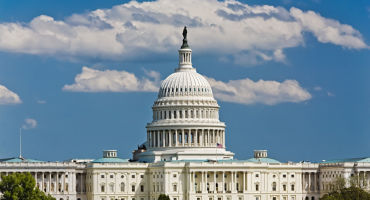
One Big Beautiful Bill: Why it’s “buy now, pay later” for markets
Multi-Asset Strategist Nanette Abuhoff Jacobson weighs the near-term benefits of the recently enacted US tax and spending bill against the longer-term costs, and suggests several investment implications.

Severance: The split between the economy and the markets
While markets have bounced back since Liberation Day, policy changes and macro data bear watching. Heading into the second half of 2025, we're focused on relative opportunities across asset classes created by disconnects and divides between markets and economies.

The power of positive and pragmatic thinking
While markets have a lot to worry about, from government policy to geopolitics, Global Investment and Multi-Asset Strategist Nanette Abuhoff Jacobson looks at the world from another angle: What could go right? She offers five reasons for positive thinking and considers the investment implications.

International equities: Five reasons they may not be a one-hit wonder
Global Investment and Multi-Asset Strategist Nanette Abuhoff Jacobson explains why those who doubt the staying power of the recent outperformance of international equities may want to reconsider.
URL References
Related Insights
© Copyright 2025 Wellington Management Company LLP. All rights reserved. WELLINGTON MANAGEMENT ® is a registered service mark of Wellington Group Holdings LLP. For institutional or professional investors only.
Enjoying this content?
Get similar insights delivered straight to your inbox. Simply choose what you’re interested in and we’ll bring you our best research and market perspectives.
Thank you for joining our email preference center.
You’ll soon receive an email with a link to access and update your preferences.